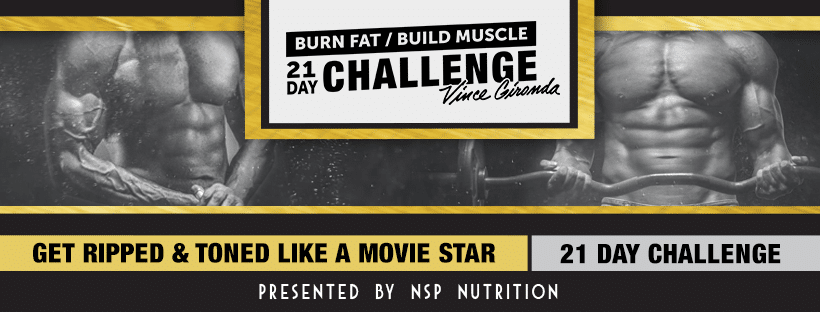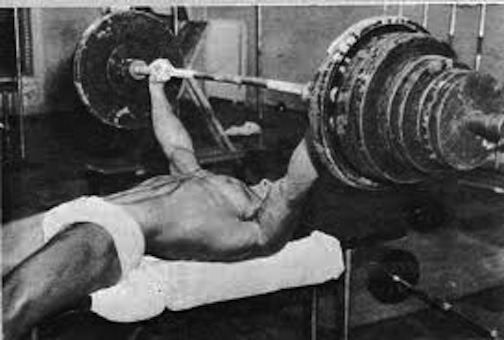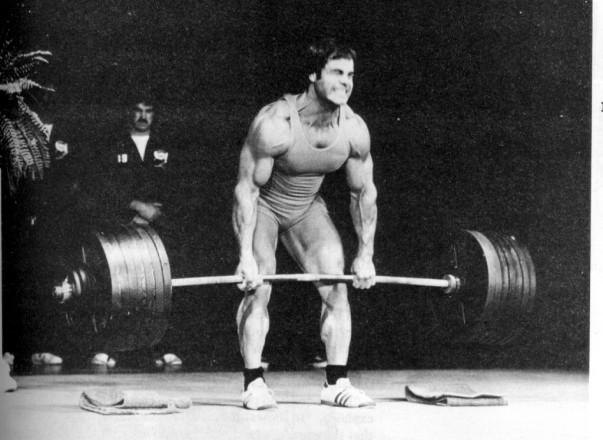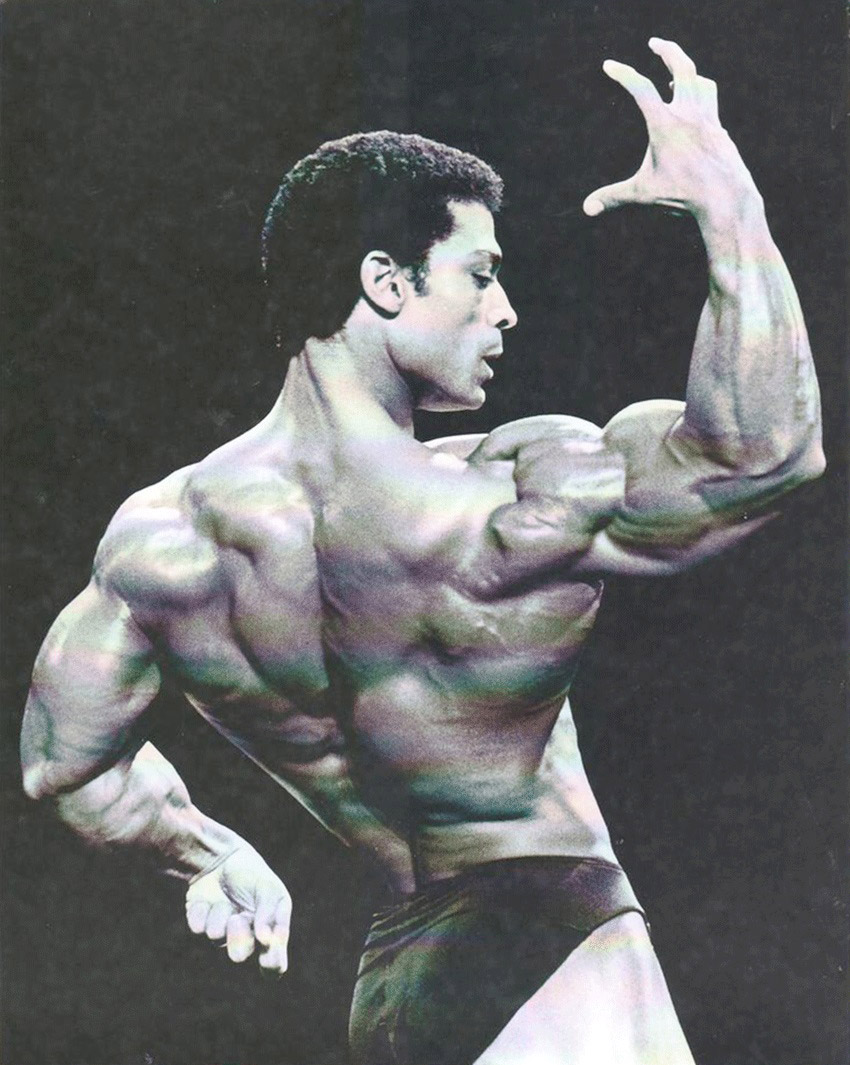One thing about hypertrophy vs strength; when it comes to training in the gym, you’re most times doing one or the other, which is building muscle or gaining strength.
While these goals may seem similar and most people even assume they go hand in hand, there are some key differences in the training approaches that are required to achieve each one.
Not knowing the difference between these two training techniques could have you training for muscle hypertrophy when you’re actually aiming to build strength and vice versa.
To start with, strength training focuses on exercises and techniques that make stronger muscles while hypertrophy focuses it’s end results on giving you much bigger muscles.
So if you’re gunning for a physique that imitates the Mass Monster Era of bodybuilding with stars like Ronnie Coleman…
Or would much rather settle for a smaller size or frame that’s capable of incredible feats of strength like the Silver Era powerlifters…
You’ve have all the information you need to get started.
Training for Muscle Growth
If your goal is to fill out your shirts and get bigger, then pay attention.

Training for muscle growth, also known as hypertrophy training, is all about maximizing muscle size.
Because of this, muscle hypertrophy training is focused on creating muscle damage, which triggers the body’s adaptive response to repair and grow muscle tissue.
The goal of this training is to create enough muscle damage to stimulate muscle growth while also allowing sufficient time for recovery and adaptation.
To achieve muscle growth, it’s important to perform exercises that target specific muscle groups and use a weight that is challenging enough to create muscle fatigue.
Typically, this means performing sets of 8-12 repetitions with a weight that is around 70-85% of your one-rep max (1RM), while also paying attention to your nutrition.
Want to reach your hypertrophy goals faster?
Get as much protein and calories as you can into your system.

Doing so not only provides your body with the necessary fuel to trigger muscle growth but also makes sure you’re getting the required vitamins and amino that support recovery as well.
Need Effective Strategies For hypertrophy? Try These
Progressive Overload
This involves gradually increasing the weight, reps, or sets of an exercise over time to continually challenge your muscles and promote muscle growth.
Compound Exercises
These are exercises that work for multiple muscle groups at once, such as squats, deadlifts, and bench presses. They are effective for building overall muscle mass and strength.
Isolation Exercises
These are exercises that focus on a specific muscle group, such as bicep curls or leg extensions. They can be used to target specific areas of weakness or to add volume to a particular muscle group.
Training For Strength

Strength training is all about maximizing the amount of weight you can lift. This type of training is focused on building neuromuscular adaptations and recruitment which improve the efficiency of muscle contractions and increase the force production capabilities of the muscles.
The average human body is already capable of great feats of strength, and proper strength training helps you to train and develop specialised
To achieve strength gains, it’s important to perform exercises that are specific to the movement patterns of the lifts you want to improve.
This means performing sets of 1-5 repetitions with a weight that is around 85-100% of your 1RM. In addition to weight training, it’s important to consume enough calories and macronutrients to support recovery and performance.
Effective strategies for strength training
Progressive Overload
This is the same strategy used in hypertrophy training, but the focus is on increasing the weight lifted rather than the number of reps performed.
Heavy Singles
These are sets of one repetition with a weight that is near your 1RM. They are effective for training your body to handle heavy loads and improving neuromuscular efficiency.
Specificity
This involves performing exercises that are specific to the lifts you want to improve, such as performing bench press variations to improve your bench press 1RM.
Conclusion
While these two training approaches may seem very different, they can actually complement each other quite well. By increasing your muscle size through hypertrophy training, you can improve your overall strength and lifting ability.
Similarly, by increasing your strength through heavy lifting, you can push your muscles to grow even more through hypertrophy training.
To achieve your goals, it’s important to design a well-rounded training program that includes both hypertrophy and strength training, along with proper nutrition and recovery practices.
Consistency and progressive overload are also key factors for long-term progress and success. Consult with a qualified fitness professional or coach to help design a program that is tailored to your specific goals and needs, and remember to listen to your body and adjust your training as necessary.














No Comments
Leave a comment Cancel